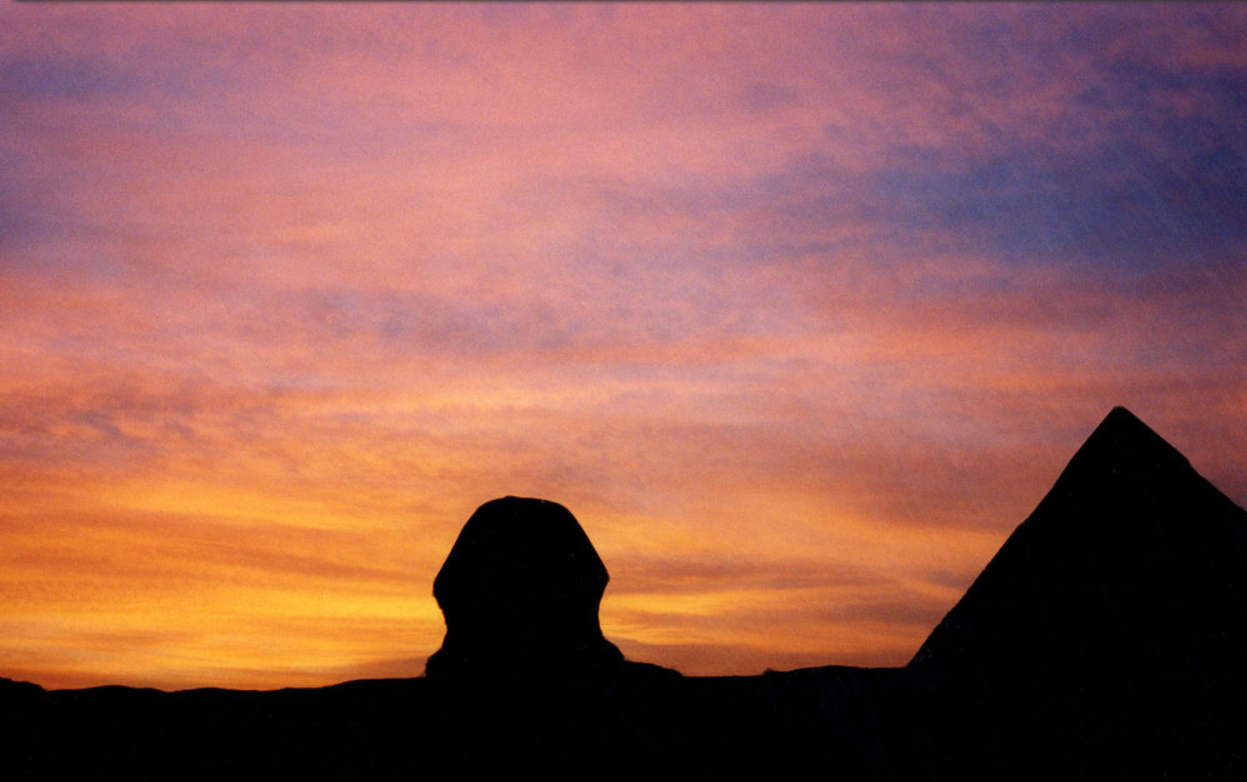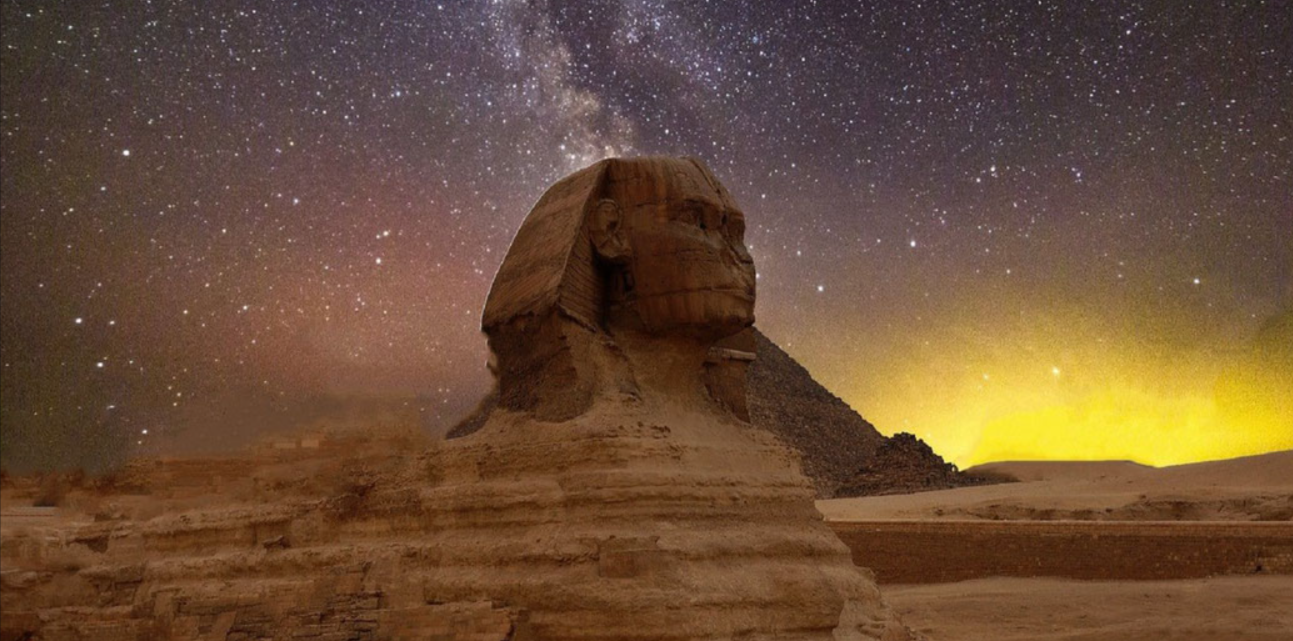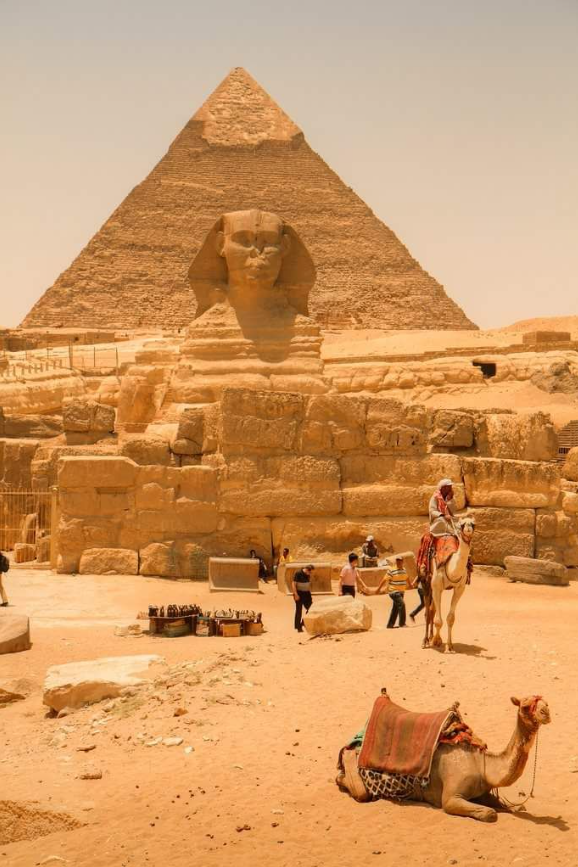Historical Roots, Interpretations, and Cultural Legacy
The riddle of the Sphinx is one of the most captivating enigmas from the ancient world. This mythical creature, combining human intelligence with animal might, represents both intrigue and wisdom. Its perplexing riddle has intrigued philosophers, historians, and storytellers across various cultures throughout history. This article explores the rich origins, varied interpretations, and enduring influence of the riddle associated with the Sphinx.
Decoding the Riddle of the Sphinx
In Greek mythology, the Sphinx posed a famous riddle to those who ventured near Thebes, which was phrased as:
“What entity walks on four legs in the morning, two legs at noon, and three legs in the evening?”
Travelers who failed to solve this riddle faced dire consequences. The hero Oedipus cracked the riddle, declaring that the answer was humanity. Humans crawl as infants, walk upright as adults, and often use a cane in their later years—a metaphor for the life cycle from infancy to old age. Beneath this apparent simplicity lies significant meaning, representing humanity’s natural progression through stages of life leading to eventual decline.
Historical Context of the Sphinx Riddle
Roots in Ancient Egypt
Although commonly linked to Greek mythology, the notion of the Sphinx has its origins in Egyptian culture. Egyptian sphinxes, exemplified by the Great Sphinx of Giza, functioned as protectors of sacred sites. While they didn’t explicitly pose riddles, they represented cosmic enigmas, inviting philosophical reflection on existence, death, and divine knowledge.
Greek Perspectives
In the Greek narrative, the Sphinx emerged as a menacing force, confronting passersby with deadly riddles. This figure prominently appears in Sophocles’ “Oedipus Rex,” where it embodies the interconnected themes of destiny, wisdom, and peril. Successfully answering its riddle showcased exceptional intellect, whereas failure underscored human frailty.
Cultural Importance of the Riddle
The riddle of the Sphinx resonates with various societies, each attributing distinct yet profoundly universal meanings to it.
Mortality and Wisdom in Ancient Greece
For the Greeks, the riddle encapsulated essential inquiries about life, identity, and fate. Answering it correctly signified wisdom and mental prowess, while failing to do so highlighted human ignorance and hubris. Oedipus’s tragic tale adds another layer, illustrating that wisdom can coexist with ignorance and impending doom.
Symbolism in Egyptian Culture
Conversely, in Egyptian belief, sphinxes represented spiritual authority, royal power, and cosmic order. Rather than vocalizing riddles, their mere presence conveyed eternal mysteries about life’s purpose and the afterlife, challenging observers to contemplate deep existential questions.
Global Insights
The allure of enigmatic riddles transcends cultural boundaries:
- Indian Legends: Similar riddles explore themes of reincarnation and the cycle of life and death.
- Chinese Traditions: Guardian lion statues symbolize wisdom and the mysteries of protection.
- Medieval European Folklore: Mythological beings presented riddles as tests of character, courage, and intelligence.
Contemporary Understandings of the Sphinx Riddle
In modern times, the Sphinx and its renowned riddle remain sources of inspiration across literature, psychology, and popular culture, highlighting their continued relevance.
Literary Representation
Writers often employ the Sphinx as a metaphor for complex philosophical dilemmas and personal conflicts. Resolving the Sphinx’s riddle signifies characters’ growth, self-awareness, and transformative journeys, often serving as pivotal moments in narratives.
Psychological Interpretation
Psychologists, including Freud, interpreted the riddle as a reflection on stages of development, familial relationships, and subconscious dilemmas. For Freud, it symbolized the self-discovery process and the psychological hurdles encountered throughout life.
Influence in Popular Culture
Today, the Sphinx riddle is a recurring theme in films, literature, video games, and puzzle challenges, symbolizing the quest for hidden knowledge and self-discovery. Its ongoing appeal reflects a fundamental human fascination with mysteries and the pursuit of understanding one’s identity.
The Enduring Fascination with the Sphinx Riddle
What keeps the Sphinx’s riddle compelling throughout time? Several factors contribute to its lasting allure:
- Universal Insights: The riddle encapsulates timeless human experiences of growth, aging, and mortality.
- Intellectual Engagement: People naturally enjoy unraveling mysteries and defending their intellect, fueling curiosity.
- Philosophical Reflection: The riddle inspires ongoing contemplation about profound life questions.
Lesser-Known Variations of the Riddle
In addition to the well-known “four legs” riddle, other intriguing riddles associated with sphinx-like figures have emerged throughout mythology:
- Riddle of Day and Night: “Two sisters pursue each other indefinitely but never meet. Who are they?” (Answer: Day and Night.)
- Riddle of Life’s Essence: “What is essential to life but cannot be seen, held, or touched?” (Answer: Time.)
This exploration of the Sphinx and its riddle highlights its rich historical roots, cultural significance, and the timeless questions it raises about the human condition.




